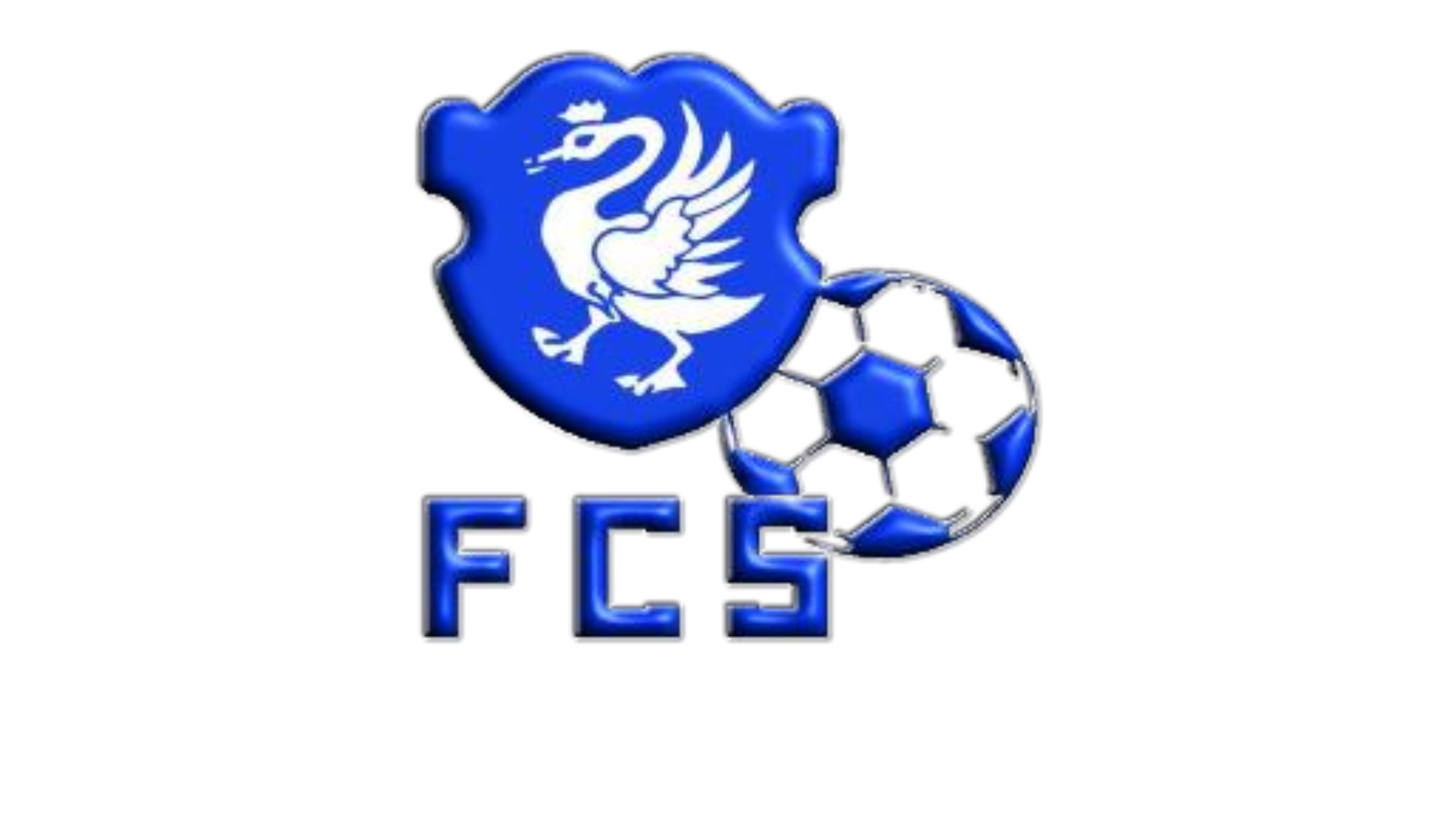So, I was poking around Bitcoin’s latest upgrades the other day—yeah, again—and something about digital artifacts really caught my eye. Wow! These tiny data packets, embedded on-chain, seem simple at first glance, but they open a whole new Pandora’s box of possibilities. The whole idea of inscribing data directly onto Bitcoin using Ordinals feels like a subtle revolution. I mean, who would’ve thought Bitcoin could be a canvas for digital art? Seriously?
At first, I thought this was just some flashy gimmick, but then Taproot came into the picture, and things got way more interesting. Taproot isn’t just a privacy upgrade or a way to reduce fees—it quietly paved the way for these ordinal inscriptions to exist more efficiently. My instinct said, “This might be bigger than just fancy pictures on the blockchain.”
Here’s the thing. Taproot’s script flexibility allows for complex spending conditions, which means the data inscribed as digital artifacts can be more versatile, more private, and less expensive to store. But wait—let me rephrase that… it’s not just about cheaper storage; it’s about enabling a new class of on-chain experiences that were nearly impossible before. On one hand, Bitcoin’s core ethos is about money—secure, scarce, censorship-resistant money—but on the other, it’s becoming a platform for art and collectibles. Though actually, that tension makes the whole space super fascinating.
Okay, so check this out—there’s this nifty browser extension I stumbled upon recently that makes interacting with Ordinals a breeze. It’s not just for techies; even casual users can navigate through these digital artifacts with ease. And honestly, this is where things shift from theory to practice. The extension acts as a bridge connecting the cryptic world of Bitcoin inscriptions to everyday users, lowering the barrier significantly.
Now, I’m biased, but that’s a big deal. You can’t underestimate how much friction tools like this remove. Imagine trying to manually decode inscriptions before—ugh, nightmare. This extension simplifies it, making the experience feel less like a chore and more like discovering hidden treasures on-chain.
Digging deeper, the link between Taproot and these extensions reveals a subtle ecosystem forming. Taproot’s signature aggregation and scripting improvements reduce the data footprint of these inscriptions, meaning the browser extension can fetch and verify artifacts faster and more securely. It’s like Taproot laid the groundwork, and the extension builds the house on top.
Something felt off about the early implementations of Ordinals—mostly due to inefficient data handling. But with Taproot and user-friendly tools, the whole process is smoother. It’s a classic case of technology catching up with vision.
By the way, if you want to see this in action, check out unisat. It’s hands down one of the best gateways for anyone curious about Ordinals. I’ve been using it to browse and even manage inscriptions, and it’s surprisingly intuitive given how complex the underlying tech is.

One thing bugs me, though—the whole digital artifact craze raises questions about Bitcoin’s blockchain bloat. Some folks argue that stuffing non-financial data on-chain might jeopardize the network’s efficiency. Hmm… I get the concern. But then again, the market seems to want it, and Taproot’s efficiency gains help ease that tension. It’s a balancing act, to say the least.
Initially, I thought these inscriptions would just be niche collectibles, but the diversity of use cases is surprising. People are inscribing everything from pixel art to complex interactive scripts. Actually, wait—let me rephrase that. The shift from static images to programmable artifacts hints at a future where Bitcoin could host decentralized apps or smart contracts in a minimalist form.
And that’s where the browser extension’s role becomes crucial. It’s not just a viewer; it might evolve into a wallet, a marketplace, or even a development tool. The fact that it already supports browsing and managing BRC-20 tokens—those experimental Bitcoin-native fungible tokens—shows the pace of innovation is rapid.
Why Taproot Matters More Than You Think
Taproot’s upgrade is often discussed in the context of privacy and fee savings. But its real magic lies in script flexibility. By enabling Schnorr signatures and Merkelized Abstract Syntax Trees (MAST), it’s possible to create more complex, yet efficient, spending conditions. This directly impacts how digital artifacts are inscribed and validated.
For instance, before Taproot, embedding data was clunkier and costlier. Now, inscriptions can be embedded in a way that looks like a normal transaction, making them less conspicuous and cheaper to verify. That’s huge for scalability and user adoption. Plus, Taproot’s privacy improvements mean these artifacts can be more discreet, which is appealing for artists and collectors who want subtlety.
Okay, here’s a fun tidbit: some developers are experimenting with using these digital artifacts as proof of ownership or provenance. Imagine an artist embedding a signature or certificate directly on-chain, verifiable forever. It’s like a digital notary service baked into Bitcoin’s fabric. Cool, right?
Still, I’m not 100% sure how this will play out legally or socially. Blockchain immutability is a double-edged sword when it comes to content permanence. What if someone inscribes controversial or illegal stuff? The network can’t just erase it. So, the community and tools like the unisat extension will need to find ways to handle that gracefully.
Something else I noticed—there’s a growing synergy between Ordinals and BRC-20 tokens. While the former is about unique, often non-fungible inscriptions, BRC-20s bring a fungible token standard to Bitcoin, leveraging the same underlying tech. The browser extension supporting both worlds hints at a merging ecosystem, where collectibles and tokens coexist seamlessly.
And yeah, the BRC-20 experiment is kinda wild. It’s not as robust as Ethereum’s ERC-20s, but it’s a clever hack that uses ordinal inscriptions to mimic token behavior. It’s very much a proof of concept, but the fact that people are trading BRC-20 tokens using these extensions shows there’s real appetite.
Oh, and by the way… the whole trend has me wondering about Bitcoin’s future beyond just “digital gold.” Could these digital artifacts and tokens be the seeds of a broader utility layer? Maybe. Or maybe it’s just a passing fad. I guess time will tell.
Wrapping Up (But Not Really)
So, digital artifacts on Bitcoin, empowered by Taproot and made accessible through slick browser extensions like unisat, are quietly reshaping how we think about the blockchain. It’s part art gallery, part token marketplace, and part cryptographic playground. I’m still digesting where this all fits in Bitcoin’s grand narrative.
There’s a certain charm in seeing Bitcoin evolve beyond pure money, embracing new forms of expression without compromising its core values. Though, I’ll admit, I’m a bit cautious. The tech’s moving fast, and the community’s learning as it goes. Still, that’s the thrill—watching something old morph into something new, right in front of us.
Anyway, if you’re curious, give the unisat extension a spin. It’s a neat window into this emerging world of Bitcoin digital artifacts that’s definitely worth exploring. Who knows? You might stumble upon a hidden gem or two…


